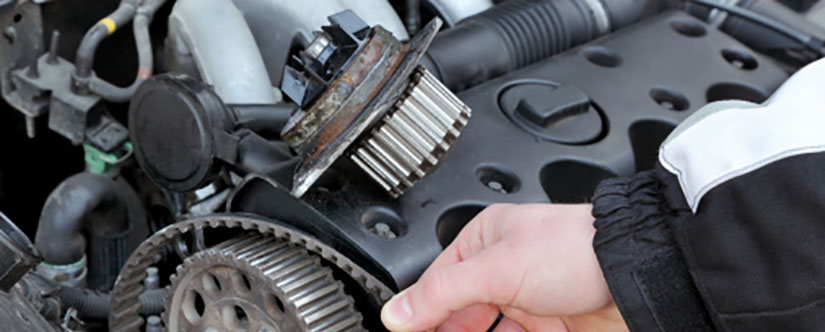Cambelt failures are commonly the cause of the most expensive repair work that goes through any garage. There is no logical reason for this but they are often overlooked when carrying out annual services or vehicle maintenance. Being aware and not ignoring your cambelt as a maintenance item is crucial to avoiding future costs.
WHY SHOULD I CHANGE MY CAMBELT?
The engine is the heart of your car. The cambelt links the operation of valves and pistons within the cylinder head of the engine. This motion allows fuel into the engine and gas to release. If the cambelt fails whilst the car is in operation, the synchronised link is broken and pistons can collide with valves, bending them.The extent of the damage can vary but with cambelt failure it is not uncommon to cause so much damage to only option is scrapping the vehicle.
WHEN SHOULD I CHANGE MY CAMBELT?
Each manufacturer provides guidelines for every model. Cambelt replacements should commence on the recommended mileage or time period, whichever comes first. However, be cautious as these are only recommended times. Other factors can cause premature failure. Exposure to excessive heat, biting frosts, rain water, chemicals and road salts can all have an effect. Mr Clutch recommends that a cambelt should be changed on average every four years or 50,000 miles.
WHAT TO DO NEXT?
Firstly, you should find out when your cambelt is due for replacement. If you are unable to find this information in your vehicle manual, we will be happy to provide you with the information using an industry recognised database. If your cambelt is in need of replacement you can work out the cost of repair using the simple menu of prices to the right.
TIP: Vehicles commonly have a twin cam engine but if you are unsure you can contact your local Mr Clutch Autocentre on 0800 676767 and they will be happy to help and answer any other questions you may have.
